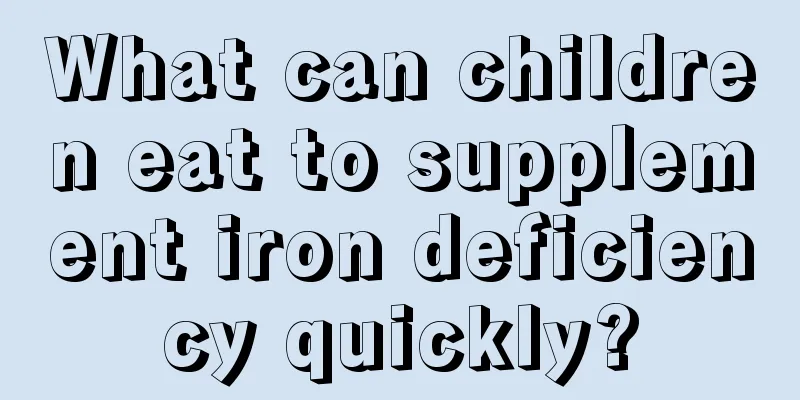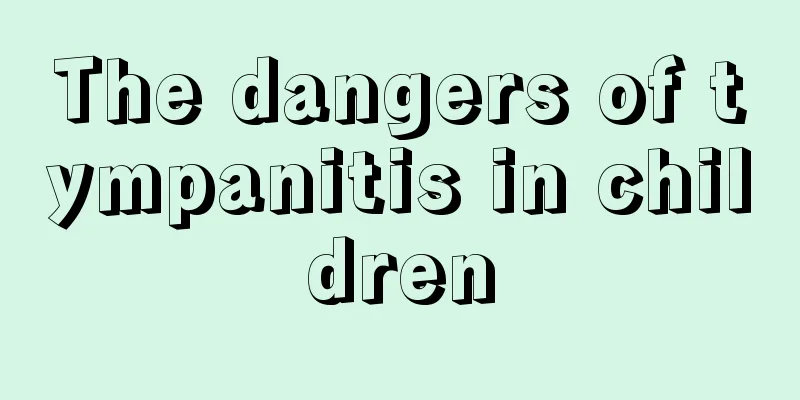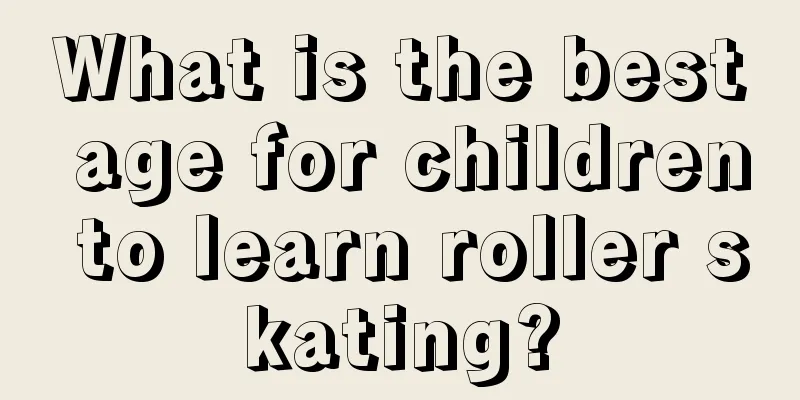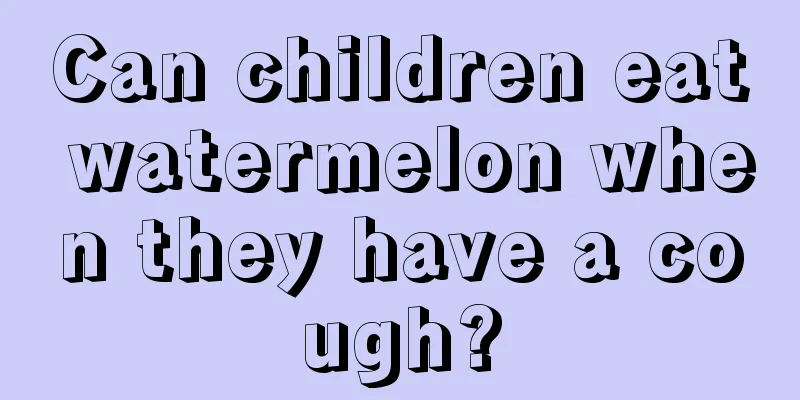What are the causes of chest tightness in children?
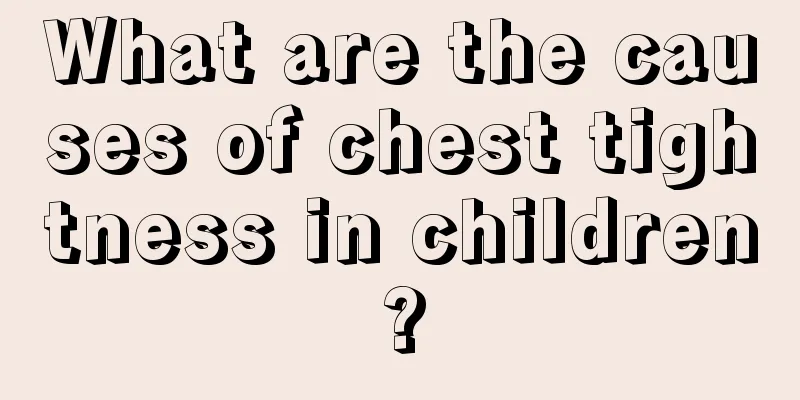
|
With the development of society, the improvement of economic level and medical conditions, some new symptoms or incidence rates are also increasing. In recent years, some inexplicable symptoms are particularly common among minors. Some children will experience chest tightness or difficulty breathing. Many parents feel worried and wonder why their children have this problem for no reason. Let us now understand the causes of chest tightness in children! The causes of chest tightness and dyspnea in children can be divided into the following five types according to the main pathogenesis: 1. Pulmonary dyspnea: caused by respiratory organ lesions, mainly manifested in the following three forms: 1) Inspiratory dyspnea: manifested by wheezing, and depression of the sternum, supraclavicular fossa, and intercostal spaces during inspiration - the three-depression sign. It is common in laryngeal and tracheal stenosis, such as inflammation, edema, foreign bodies and tumors. 2) Expiratory dyspnea: prolonged expiratory phase accompanied by wheezing, seen in bronchial asthma and obstructive pulmonary disease. 3) Mixed dyspnea: seen in pneumonia, pulmonary fibrosis, large pleural effusion, pneumothorax, etc. 2. Cardiogenic dyspnea: Common in cardiogenic pulmonary edema caused by left heart failure, its clinical characteristics: 1) The patient has a history of severe heart disease. 2) Mixed dyspnea, more obvious in supine position and at night. 3) Medium and small wet gong sounds may be heard at the bottom of the lungs and vary with body position. 4) X-ray examination: abnormal changes in the cardiac shadow; congestion in the hilum of the lung and its vicinity or signs of pulmonary edema. 3. Toxic dyspnea: Acidosis caused by various reasons can increase the carbon dioxide in the blood and decrease the pH, stimulate peripheral chemoreceptors or directly excite the respiratory center, increase respiratory ventilation, and manifest as deep and severe dyspnea; respiratory depressants such as morphine and barbiturates can also inhibit the respiratory center when poisoning, causing shallow and slow breathing. 4. Hematogenous dyspnea: Severe anemia can cause shortness of breath due to a decrease in red blood cells and insufficient blood oxygen, especially after activities. In case of massive hemorrhage or shock, ischemia and a drop in blood pressure stimulate the respiratory center and cause dyspnea. 5. Neuropsychiatric and myopathic dyspnea: Severe brain diseases such as encephalitis, cerebrovascular accident, brain tumors, etc. directly affect the respiratory center, resulting in abnormal respiratory rhythm and leading to dyspnea; myasthenia gravis crisis causes paralysis of the respiratory muscles, leading to severe dyspnea; in addition, hysteria can also cause dyspnea attacks, which are characterized by significantly rapid and shallow breathing, because respiratory alkalosis is often accompanied by tetany. |
<<: What to do if your child has mumps
>>: How to train your baby to suck milk
Recommend
What to do if children have repeated colds and fevers
Children have relatively poor resistance when the...
Is it good for children to learn martial arts?
I believe that many parents ask their children to...
Why does the child have yellow urine and less urine?
Perhaps many parents will find that their childre...
What should I do if my one-year-old baby has nasal mucus?
Many parents complain that there is booger in the...
How can the baby gain weight if he is too thin?
The healthy growth and development of the baby is...
Treatment of acute otitis media in children
For children, it is necessary to continuously inc...
Is it really good to bathe babies every day?
Many families have only one child, so it is bette...
How to reduce the fever of a child with a fever of 38 degrees?
Children's resistance is relatively weak, so ...
What to do if your child has mucus in his nose
The normal functioning of the nasal cavity will s...
What medicine should children take for chapped lips
Most people think that chapped lips are a common ...
What to do if your three-year-old baby has a cough and runny nose
Three-year-old babies have begun to gradually ada...
What should I do if my 3-year-old child drools?
When the baby is four months old, as a family mem...
Can children eat pearl powder?
Pearl powder is a traditional Chinese medicine. I...
Red spots on the child's body
We all know that children's skin is very frag...
What is the cause of baby melanin nevus
Melanoma moles are something we often see in our ...


